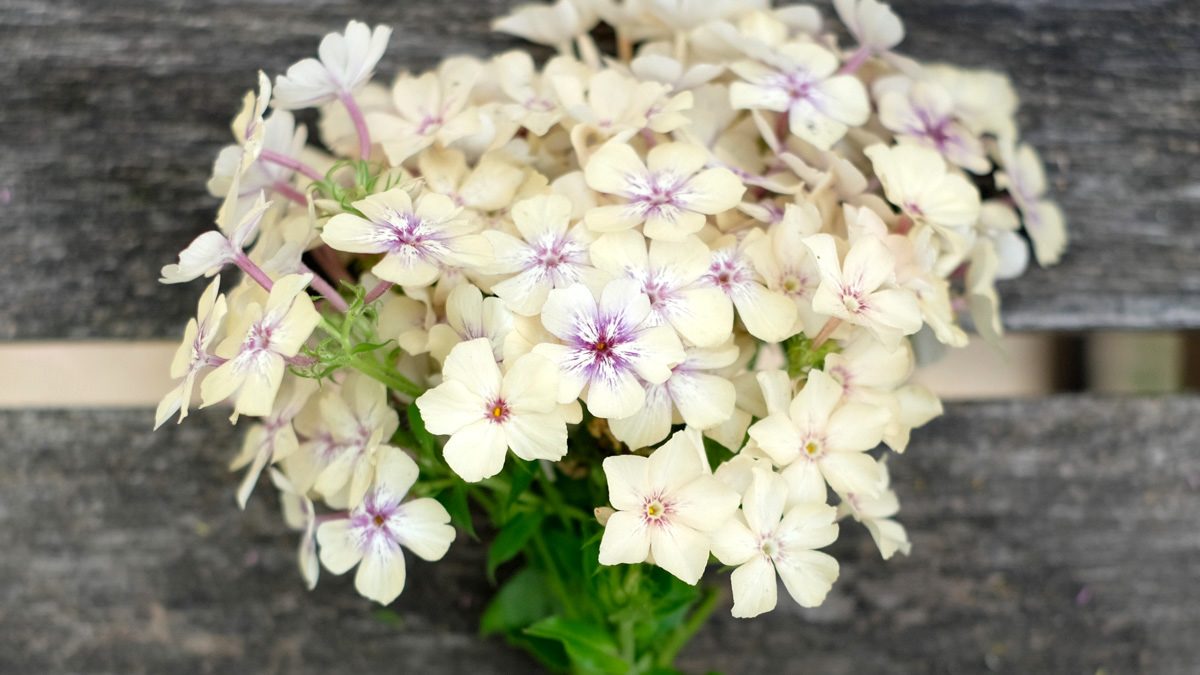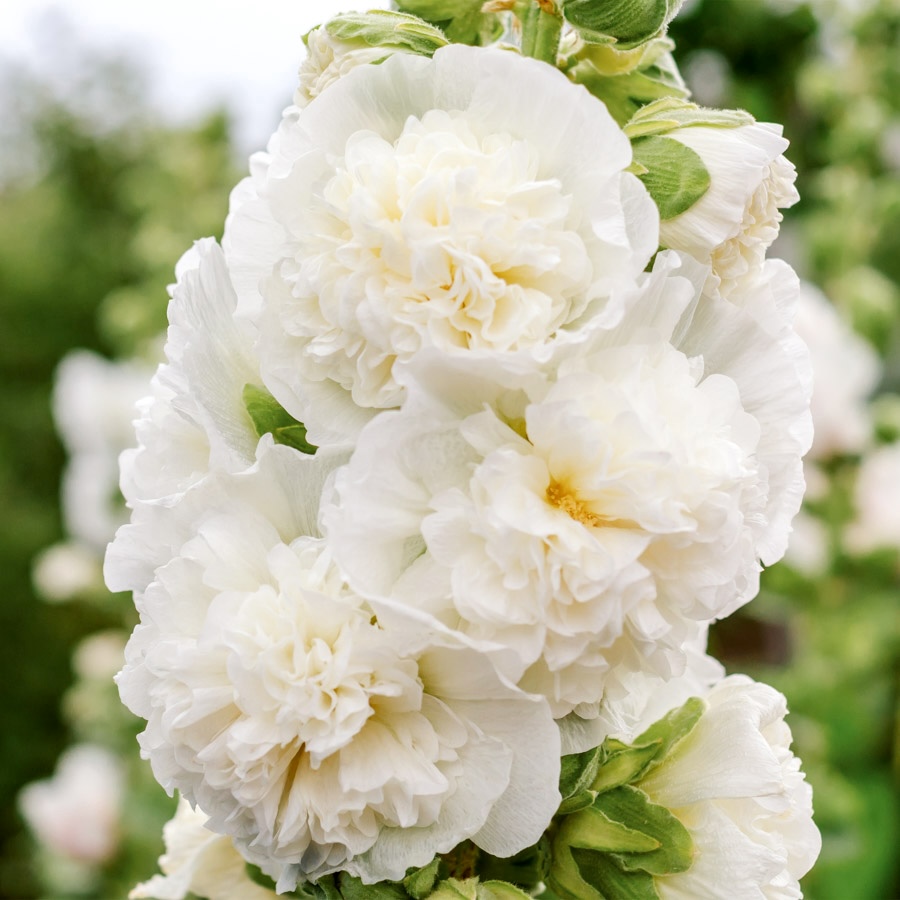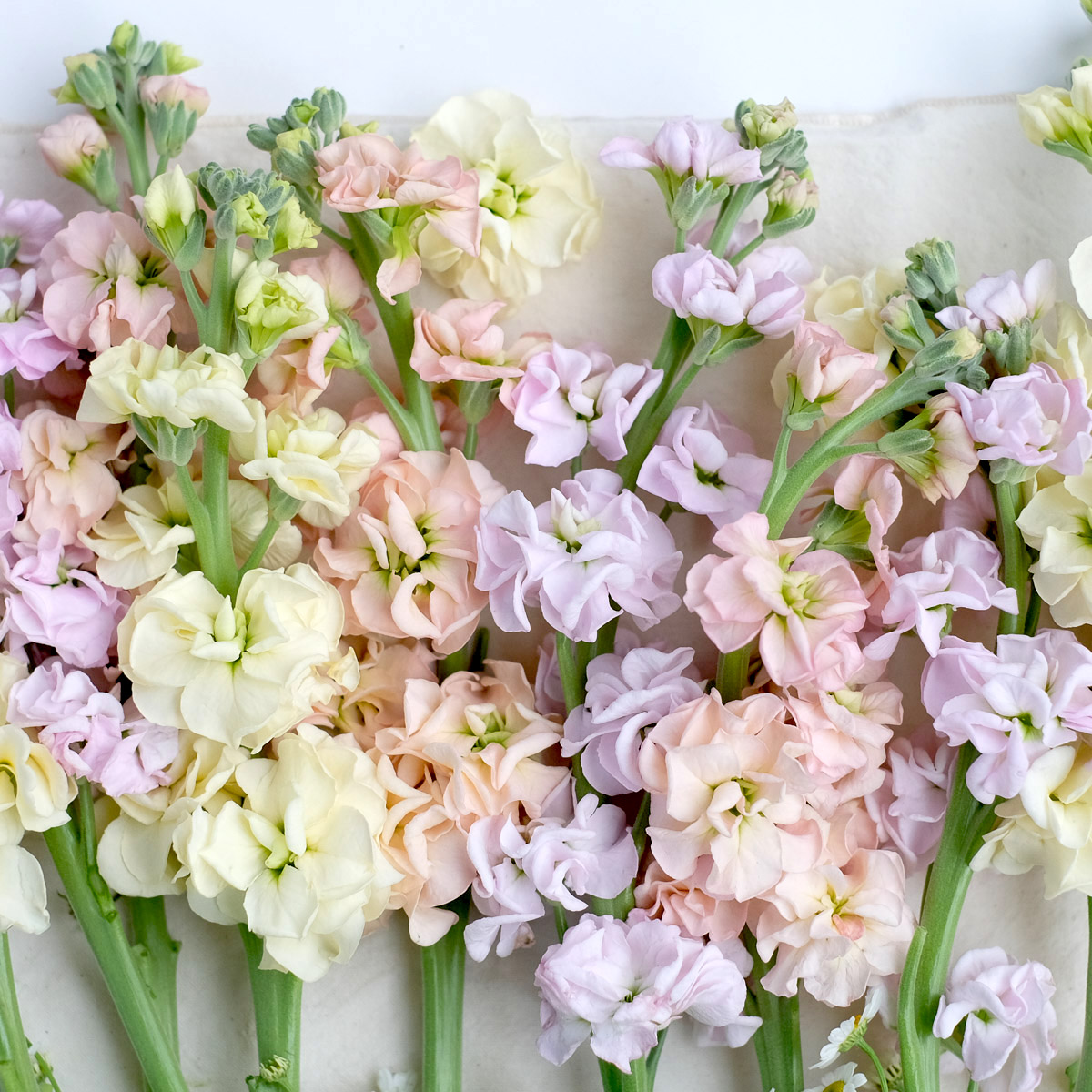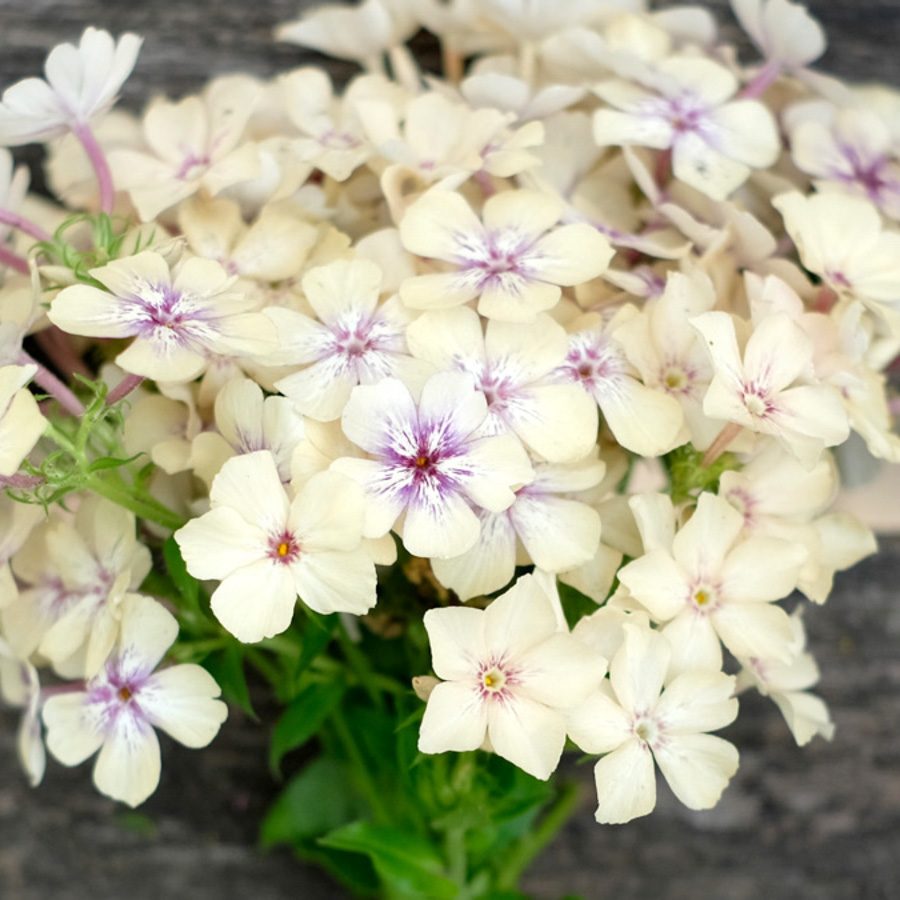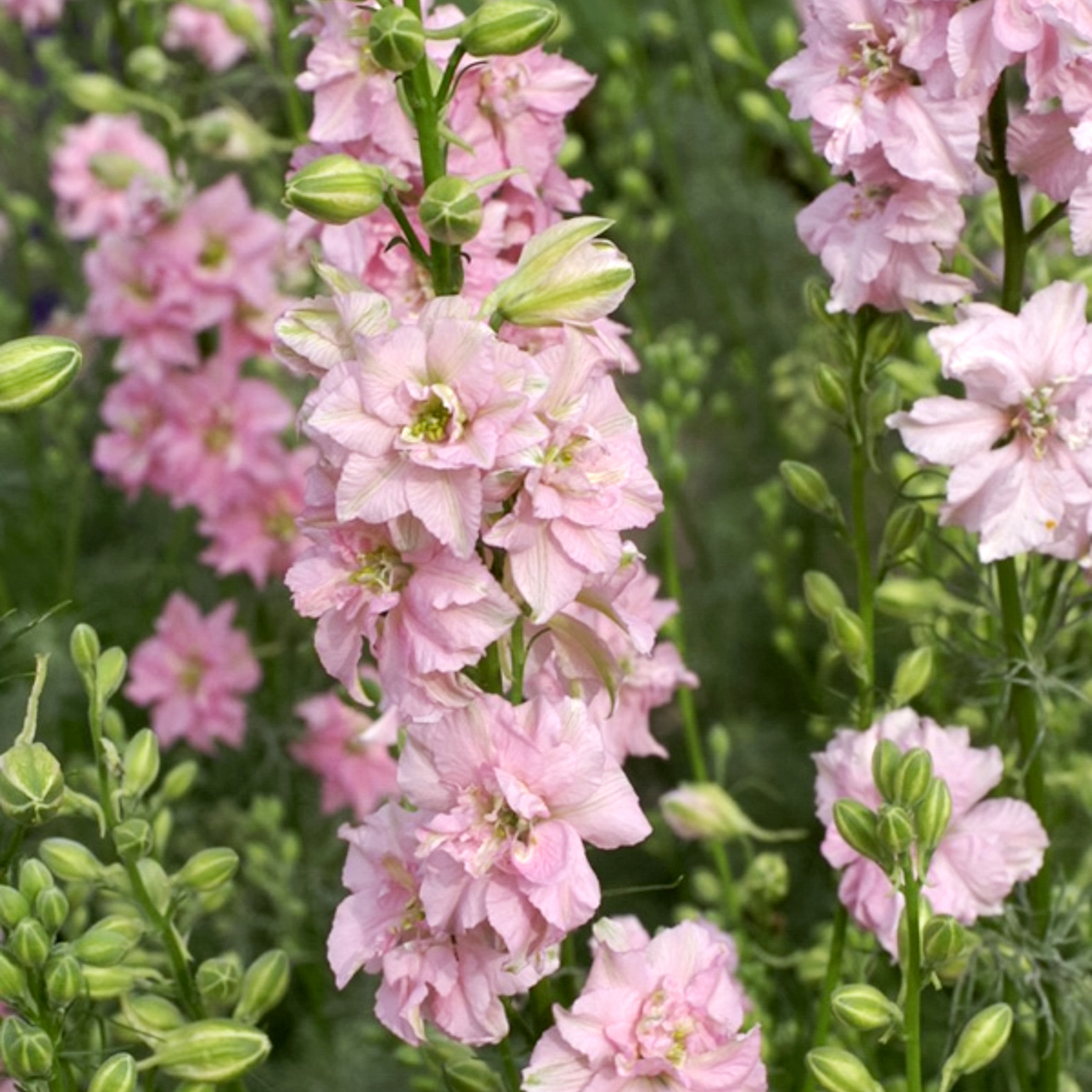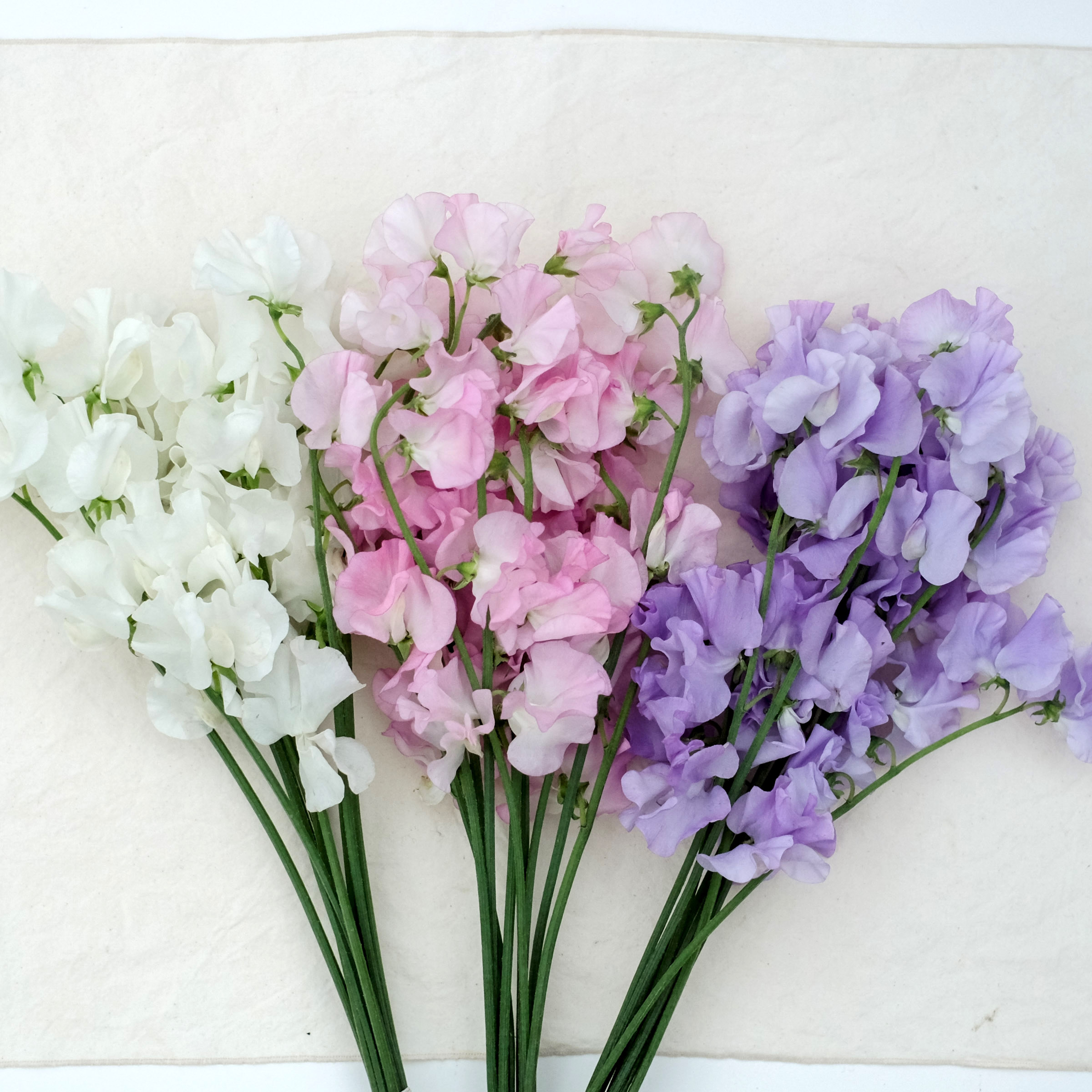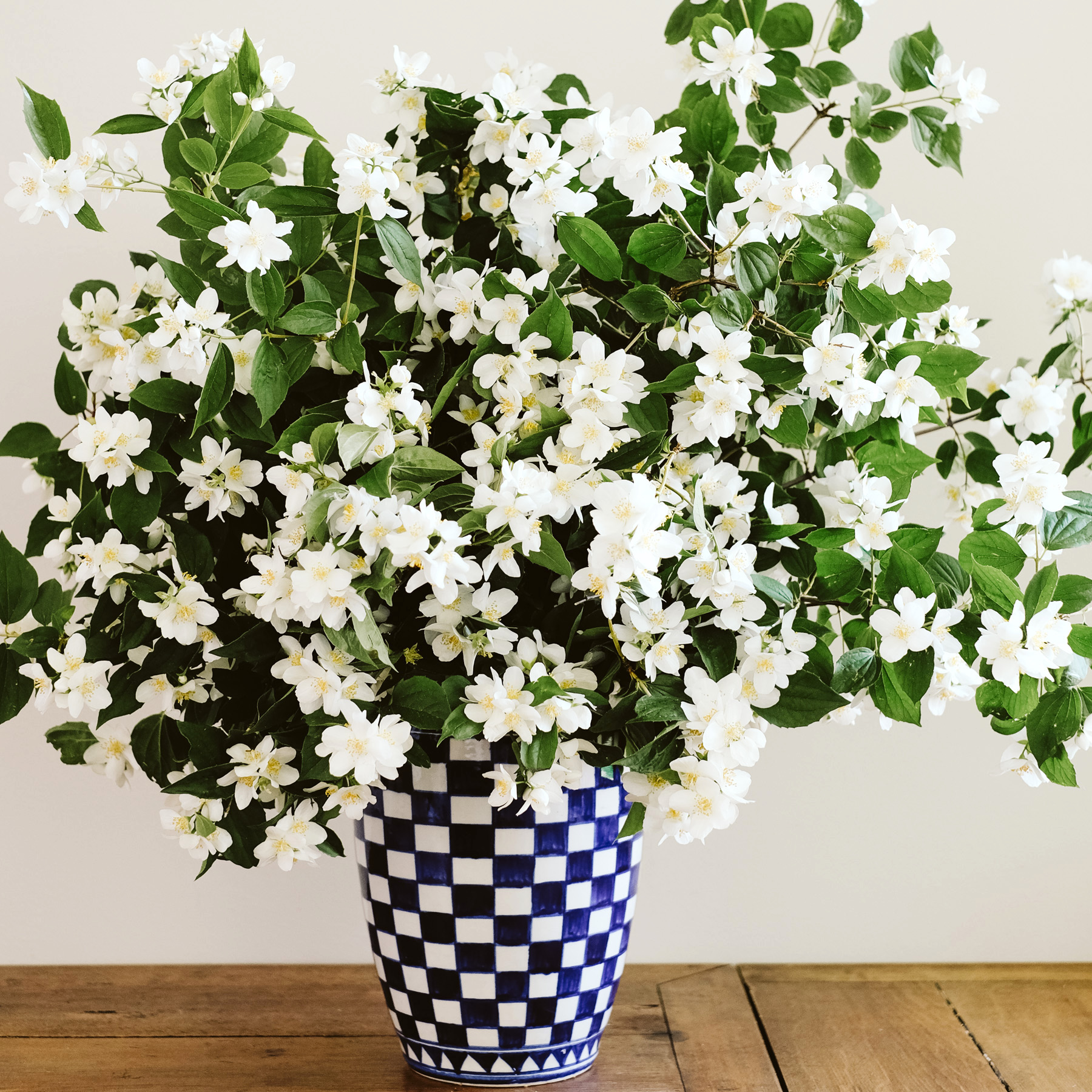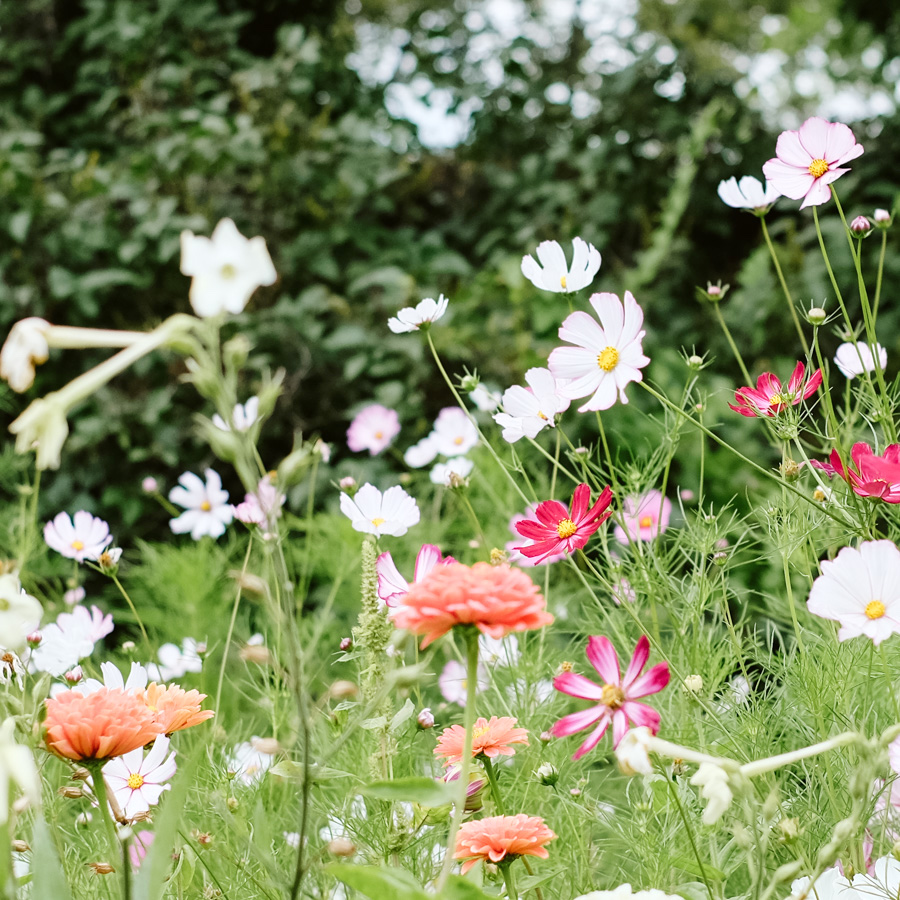Five tips to make sowing as easy as possible!
In my first year as a gardener, I still thought that sowing seeds was something for total nerds. I much preferred to stock my garden with tons of roses and hydrangeas and had no muse for this complicated “small stuff”. It then took another three years before I really acquired a taste for it. The hydrangeas had long since withered in the hot, dry Potsdam summer, and the roses had just about every rose disease you can get. And the money for them was gone.
In contrast, the cost of seed bags seemed crazy cheap to me considering the amount of plants you can grow from them. I certainly made a lot of mistakes with my first sowing, and yet I ended up with an amazing number of healthy plants in my garden, which flowered all summer to boot. Nevertheless, I am still someone who is not very meticulous about sowing, mostly due to lack of time. So here are my tips, tried and tested over the years, to make things as easy as possible.
1. Less is more
When I browse through growers’ catalogues in winter, I usually have a list of at least 30-40 varieties that I desperately want to see flowering in my garden. Of course, that is far too many. My experience: the more varieties, the greater the care required. I would limit myself to a maximum of 5-10 varieties of annual summer flowers, especially in the beginning. And it is best to choose ones that go well together. To significantly reduce the amount of care required later, the right location is a must. Choose the sunniest spot with the best soil, then a good harvest is guaranteed.

2. Rather later than sooner
As a rule, I only start sowing at the end of March or beginning of April. There are two reasons for this: Only at this time is the natural light really sufficient to give the plants a good start. And secondly, there is no need to repot the plants. I pre-sow the seeds indoors and plant them directly in the garden in mid-May. If I start in February or early March, the plants are so big in April that I have to repot them indoors. At the same time, it’s still too cold outside to put them in the bed. So: keep your feet and hands still until April!
3. Pressing instead of potting
There are many ways to sow seeds. My favourite by now is working with the soil blocker. For one thing, it’s the most sustainable way of growing seeds, as you only need the sowing soil every year. For another, I have noticed that I have to water the small soil blocks less. When they are close together, you keep the moisture much better. And besides, pressing the soil blocks is really fun, especially with children. I put them in an old plastic box that I reuse every year. And the whole thing then goes on a bright window sill in my study. I water every 2-3 days, which takes two minutes. Really simple!
4. A place of your own to raise
The easiest way to raise the plants later in the garden is to provide them with their own bed or large pots. If they are planted in an existing bed, there is often shading by the other plants or crowding out. A lot of gardening knowledge is needed here. To start with, a few square metres or 3-5 large pots are sufficient to plant enough flowers to regularly make small bouquets.

5. Scissors always at hand
Once the summer flowers have reached a certain height and come into bloom, I have made it a habit to place a small, handy pair of garden scissors right by our coat rack. When I go out into the garden to make a phone call, drink coffee or play with the kids, I grab them and just cut a few stems. The regularity also eliminates the need to clean out what has faded, as the plants will always produce new flowers as long as they haven’t produced seeds. The whole thing never feels like gardening, but simply runs alongside.
As you can see, it’s not that complicated and maybe I’ve succeeded in getting one or two rose and hydrangea gardeners to try it out for themselves with this little text. I would be delighted!

